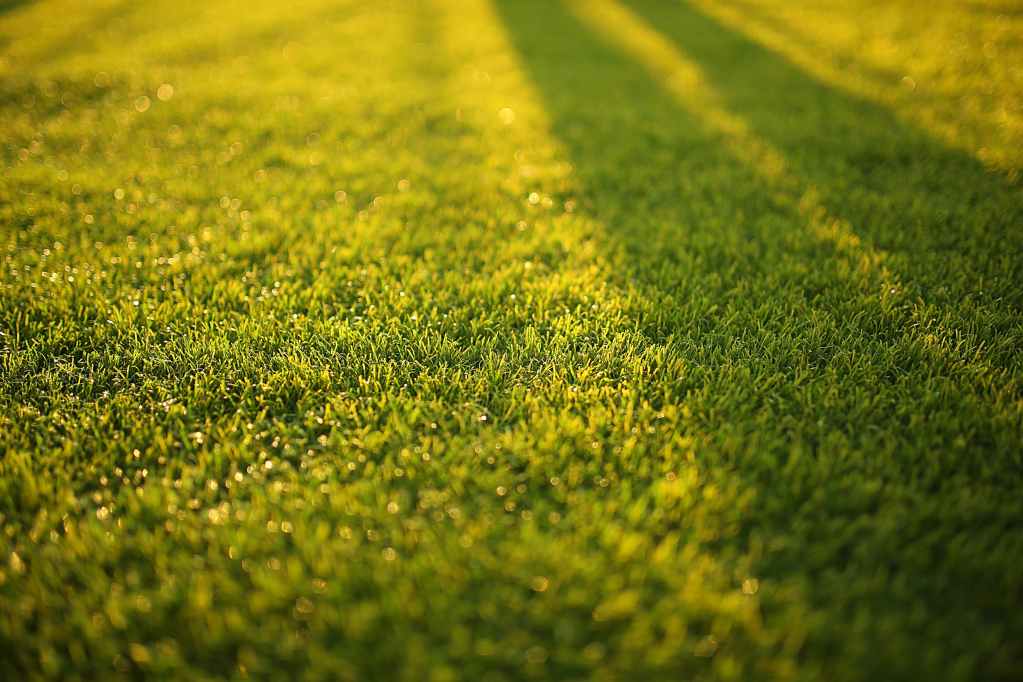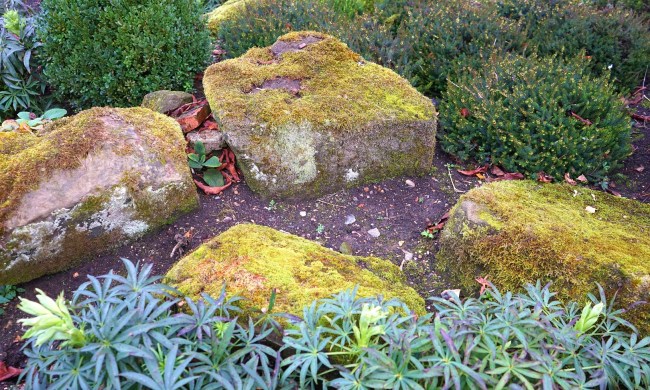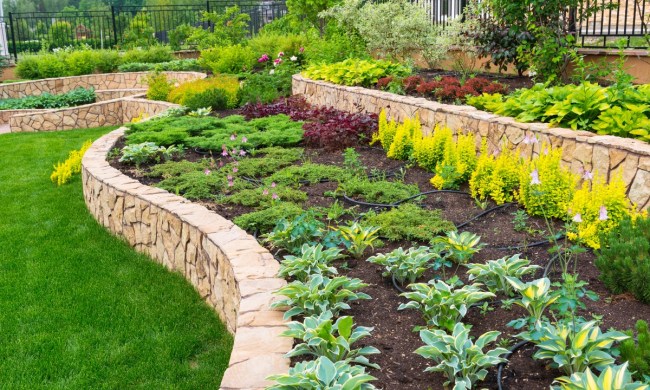
When it comes to creating the perfect yard, choosing the right type of grass is essential. The best types of grass for your lawn depend on various factors, including your climate, soil type, and how much sunlight your yard receives. Let’s explore the different types of grass available, focusing on both warm-season and cool-season varieties to help you find the ideal choice for your property.
Warm-season vs. cool-season grass

Warm-season grasses thrive in hot, sunny conditions and are best suited for regions with long, hot summers and mild winters. They typically grow most actively during the late spring and summer months and go dormant during cooler weather.
Cool-season grasses, on the other hand, prefer cooler temperatures and are suited for regions with distinct seasons, including cold winters and mild to warm summers. These grasses grow most actively during the spring and fall, often remaining green through much of the winter.
In the U.S., the best regions for warm-season grasses are the southern and western states, where temperatures remain high for extended periods. Cool-season grasses are ideal for the northern and northeastern regions, where the climate offers cooler summers and cold winters. The transitional zone, which covers parts of the Midwest and Mid-Atlantic, can support a mix of both grass types depending on specific local conditions.
Types of grass to choose from: Warm-season grasses

These warm-season grasses require plenty of sunlight and are known for their resilience and ability to withstand drought. They typically have a coarse texture and a vibrant green color during their peak growing season.
Bermuda grass
Bermuda grass is one of the most popular warm-season grasses because of its durability and capacity to withstand heavy foot traffic. It thrives in full sunlight and grows quickly, creating a dense, lush lawn. Bermuda grass is also highly drought tolerant, making it a great choice for regions with limited rainfall. However, it does require regular maintenance, including mowing and strategic lawn fertilization, to keep it looking its best.
Centipede grass
Centipede grass is a low-maintenance option for warm-season lawns. It grows slowly and requires less frequent mowing than other types of grass. Centipede grass has a light green color and a medium texture, providing a soft, attractive lawn. It thrives in acidic soils and is perfectly suited for regions with high humidity. While it is relatively low maintenance, it can be sensitive to high foot traffic and may not recover quickly from damage.
Dichondra
Dichondra is a unique warm-season ground cover that is often used as an alternative to traditional grasses. It has small, kidney-shaped leaves that create a dense, carpet-like appearance. Dichondra is drought tolerant and can thrive in both sun and partial shade. It is a popular choice for lawns, gardens, and even as a ground cover in between stepping stones. While it doesn’t require mowing, it can be susceptible to weeds and pests.
Floratam
Floratam is a variety of St. Augustine grass specifically bred for warm-season regions. It is known for its broad, coarse blades and its ability to thrive in hot, humid conditions. Floratam is highly resistant to pests and diseases, making it a durable option for lawns. It does, however, require regular watering and can struggle in areas with poor drainage.
Zoysia
Zoysia grass is a versatile warm-season grass known for its thick, lush appearance and excellent drought tolerance. It grows well in a variety of soil types and can thrive in both full sun and partial shade. Zoysia grass forms a dense lawn that is resistant to weeds and pests. It does grow slowly, which means it requires less frequent mowing but can take longer to establish.
Types of grass to choose from: Cool-season grasses

These cool-season grasses are known for their fine texture and vibrant green color, especially during the spring and fall.
Bentgrass
Bentgrass is commonly used on golf courses because of its fine texture and ability to be mowed very short. It creates a dense, smooth lawn that is visually appealing. Bentgrass thrives in cool, moist environments and requires regular watering and fertilization. It can be more demanding to maintain compared to other cool-season grasses, but it offers a high-quality lawn when cared for properly.
Bluegrass
Bluegrass is one of the most popular cool-season grasses, known for its rich green color and fine texture. It grows best in well-draining soils and requires regular watering to maintain its lush appearance. Due to its durability and aesthetic appeal, bluegrass is often used in lawns, parks, and sports fields. However, it does require regular mowing and fertilization to keep it healthy.
Fine fescue
Fine fescue is a group of grasses that includes several species, such as creeping red fescue and chewings fescue. These grasses are known for their fine texture and shade tolerance, making them ideal for areas with limited sunlight. Fine fescue is low maintenance and can thrive in poor soil conditions. It is a great choice for eco-friendly lawns, as it requires less water and fertilizer than many other grasses.
Ryegrass
Ryegrass is a versatile cool-season grass that is often used for overseeding warm-season lawns in the winter. It has a fine texture and bright green color, providing an attractive lawn during the cooler months. Ryegrass germinates quickly and can establish a lawn in a short period. While it isn’t as drought tolerant as some other cool-season grasses, it can thrive with regular watering and fertilization.
Tall fescue
Tall fescue is a robust cool-season grass known for its deep root system and ability to withstand drought. It has a coarse texture and can thrive in a variety of soil conditions, including clay and sandy soils. Tall fescue is resistant to pests and diseases and requires less frequent mowing than some other grasses. Due to its adaptability and resilience, it is a popular choice for lawns in transitional zones.
Choosing the best type of grass for your lawn involves considering your region’s climate, soil type, and the specific needs of your yard. Whether you live in an area with hot summers or cold winters, there is a type of grass that can thrive in your environment. By selecting the right type of grass, you can create a beautiful, resilient lawn that enhances your home’s curb appeal and provides a welcoming outdoor space.



